ZHCSEV0 March 2016 DS90UB921-Q1
PRODUCTION DATA.
- 1 特性
- 2 应用
- 3 说明
- 4 修订历史记录
- 5 Pin Configuration and Functions
-
6 Specifications
- 6.1 Absolute Maximum Ratings
- 6.2 ESD Ratings - JEDEC
- 6.3 ESD Ratings—IEC and ISO
- 6.4 Recommended Operating Conditions
- 6.5 Thermal Information
- 6.6 DC Electrical Characteristics
- 6.7 AC Electrical Characteristics
- 6.8 PCLK Timing Requirements
- 6.9 Recommended Timing for the Serial Control Bus
- 6.10 Switching Characteristics
- 6.11 Typical Charateristics
-
7 Detailed Description
- 7.1 Overview
- 7.2 Functional Block Diagram
- 7.3
Feature Description
- 7.3.1 High Speed Forward Channel Data Transfer
- 7.3.2 Low Speed Back Channel Data Transfer
- 7.3.3 Common Mode Filter Pin (CMF)
- 7.3.4 Video Control Signal Filter
- 7.3.5 EMI Reduction Features
- 7.3.6 LVCMOS VDDIO Option
- 7.3.7 Power Down (PDB)
- 7.3.8 Remote Auto Power-Down Mode
- 7.3.9 Input PCLK Loss Detect
- 7.3.10 Serial Link Fault Detect
- 7.3.11 Pixel Clock Edge Select (TRFB)
- 7.3.12 Frequency Mode Optimizations
- 7.3.13 Interrupt Pins - Funtional Description and Usage (INTB, REM_INTB)
- 7.3.14 Internal Pattern Generation
- 7.3.15 GPIO[3:0] and GPO_REG[7:4]
- 7.3.16 I2S Transmitting
- 7.3.17 Built In Self Test (BIST)
- 7.4 Device Functional Modes
- 7.5 Programming
- 7.6 Register Maps
- 8 Application and Implementation
- 9 Power Supply Recommendations
- 10Layout
- 11器件和文档支持
- 12机械、封装和可订购信息
8 Application and Implementation
NOTE
Information in the following applications sections is not part of the TI component specification, and TI does not warrant its accuracy or completeness. TI’s customers are responsible for determining suitability of components for their purposes. Customers should validate and test their design implementation to confirm system functionality.
8.1 Application Information
The DS90UB921-Q1, in conjunction with the DS90UB948-Q1, is intended for interface between a host (graphics processor) and a Display. It supports a 24-bit color depth (RGB888) and extended high definition (1920x720p) digital video format. It can receive a three 8-bit RGB stream with a pixel rate up to 96 MHz together with three control bits (VS, HS and DE) and three I2S-bus audio stream with an audio sampling rate up to 192 kHz.
8.2 AVMUTE Operation
When using DS90UB921-Q1, it is possible to send video data during the blanking period (DE = L). If a specific pattern is sent during the blanking period, the paired Deserializer will enter AVMUTE mode. The pattern that the Deserializer is looking for is 24'h666666. If the last pixel of the frame is 24'h666666, and the video transmission extends into the DE = L, period, then AVMUTE mode will be enabled.
Setting 0x04[1] = "1" on the DS90UB921-Q1 will prevent video from being sent during the blanking interval. This will ensure AVMUTE mode is not entered during normal operation.
8.3 Typical Application
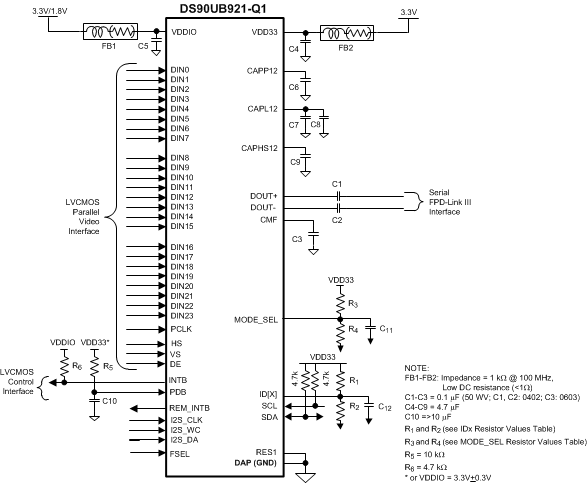 Figure 26. Typical STP Connection Diagram
Figure 26. Typical STP Connection Diagram
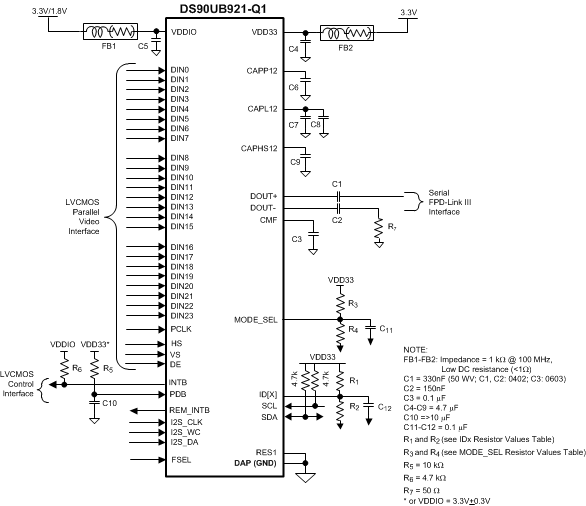 Figure 27. Typical Coax Connection Diagram
Figure 27. Typical Coax Connection Diagram
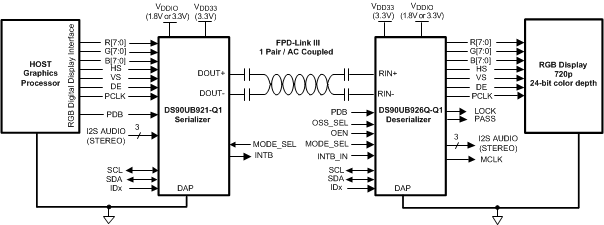 Figure 28. Typical STP System Diagram
Figure 28. Typical STP System Diagram
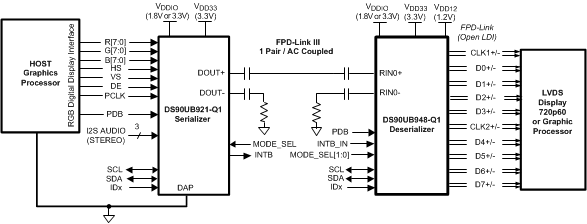 Figure 29. Typical Coax Applications Diagram
Figure 29. Typical Coax Applications Diagram
8.3.1 Design Requirements
For the typical design application, use the following as input parameters.
Table 8. Design Parameters
| DESIGN PARAMETER | EXAMPLE VALUE |
|---|---|
| VDDIO | 1.8 V or 3.3 V |
| VDD33 | 3.3 V |
| AC Coupling Capacitor for DOUT± | 100 nF on DOUT+ and 100nF on DOUT- for STP 330nF on DOUT+ and 150nF on DOUT- for Coax |
| PCLK Frequency | 74.25 MHz |
8.3.2 Detailed Design Procedure
Figure 26 shows a typical application of the DS90UB921-Q1 serializer for an 96 MHz 24-bit Color Display Application. The CML outputs must have an external 0.1 μF AC coupling capacitor on the high speed serial lines for STP applications and 0.33 μF / 0.15 μF AC coupling capacitors for coax applications. The same AC coupling capacitor values should be used on the paired deserializer board. The serializer has an internal termination. Bypass capacitors are placed near the power supply pins. At a minimum, six (6) 4.7μF capacitors and two (2) additional 1μF capacitors should be used for local device bypassing. Ferrite beads are placed on the two (2) VDDs (VDD33 and VDDIO) for effective noise suppression. The interface to the graphics source is with 3.3V LVCMOS levels, thus the VDDIO pin is connected to the 3.3 V rail.
8.3.3 Application Curves
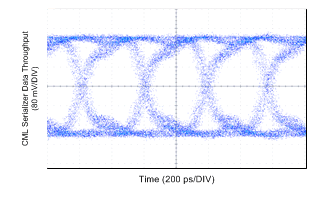 Figure 30. Serializer Eye Diagram with 74.25 MHz TX Pixel Clock
Figure 30. Serializer Eye Diagram with 74.25 MHz TX Pixel Clock
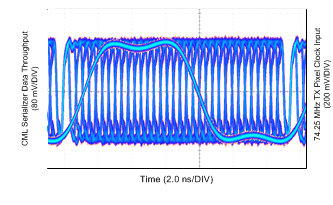 Figure 31. Serializer CML Output with 74.25 MHz TX Pixel Clock
Figure 31. Serializer CML Output with 74.25 MHz TX Pixel Clock